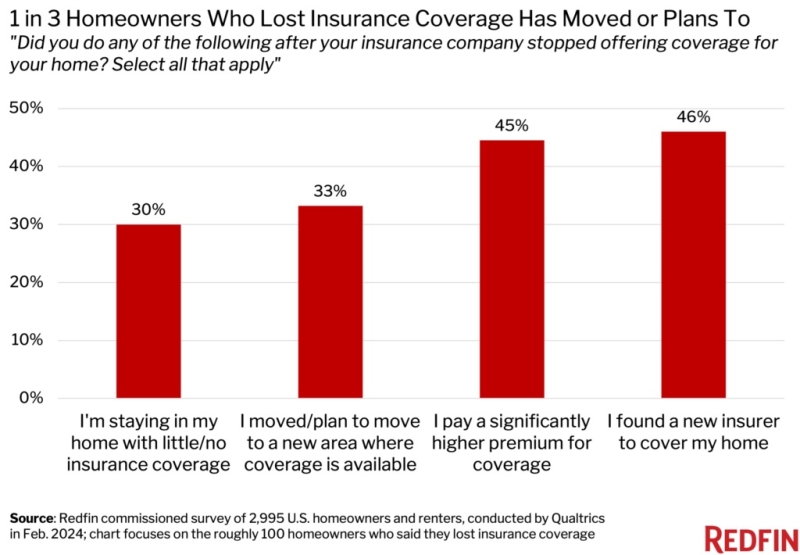Advertisement
Q2 Home Prices Rise 10.1 Percent Year-Over-Year

CoreLogic has released an analysis of home price trends during the second quarter of 2013 in more than 380 U.S. markets based on the CoreLogic Case-Shiller Indexes. The CoreLogic Case-Shiller Indexes estimate that home prices increased by 10.1 percent in the second quarter of 2013 compared to a year ago. Home prices nationwide are now 16 percent above the trough, reached in the fourth quarter of 2011, but still remain 24 percent below the peak, reached in the first quarter of 2006. The analysis projects that price appreciation will decelerate through the second half of 2013 and into the beginning of 2014. Based on CoreLogic Case-Shiller data forecast through June 30, 2014, home price appreciation will slow to an average of 5.4 percent across all U.S. markets.
“Prices are now rising in nearly 90 percent of metro areas, and in all metro areas with populations greater than one million,” said Dr. David Stiff, principal economist for CoreLogic Case-Shiller. “The strongest growth continues to be recorded in cities that were at the center of the housing bubble, but investor demand in those markets appears to be waning, meaning rapid rates of price appreciation are likely unsustainable.”
Of the metro areas that felt the greatest impact from the housing bubble, Sacramento (+26 percent), Las Vegas (+25 percent) and Phoenix (+20 percent) saw the largest increase in home prices during the second quarter of 2013 versus the same period last year. Coastal California markets also exhibited strong price appreciation, including Oakland (+24 percent), San Jose (+22 percent) and Los Angeles (+20 percent), as buyers continue to jump in before increasing prices and mortgage rates substantially reduce affordability.
Purchases by first-time and trade-up buyers are increasing, though tight mortgage lending conditions and slow job-market gains are constraining demand for owner-occupied housing. Demand from investors is weakening as well, as fewer distressed properties are listed for sale and rising home prices cut into potential rental profits. At the same time, the overall supply of homes for sale is still rising in many metro areas as current homeowners take advantage of favorable seller’s markets.
“Combined with increased housing construction, expected increases in existing inventories should restrain price appreciation even if demand remains strong," said Dr. Stiff. "Nevertheless, the rate of home price growth in the coming months will remain above its long-term average of 4.5 percent annual appreciation since 1975."
About the author





